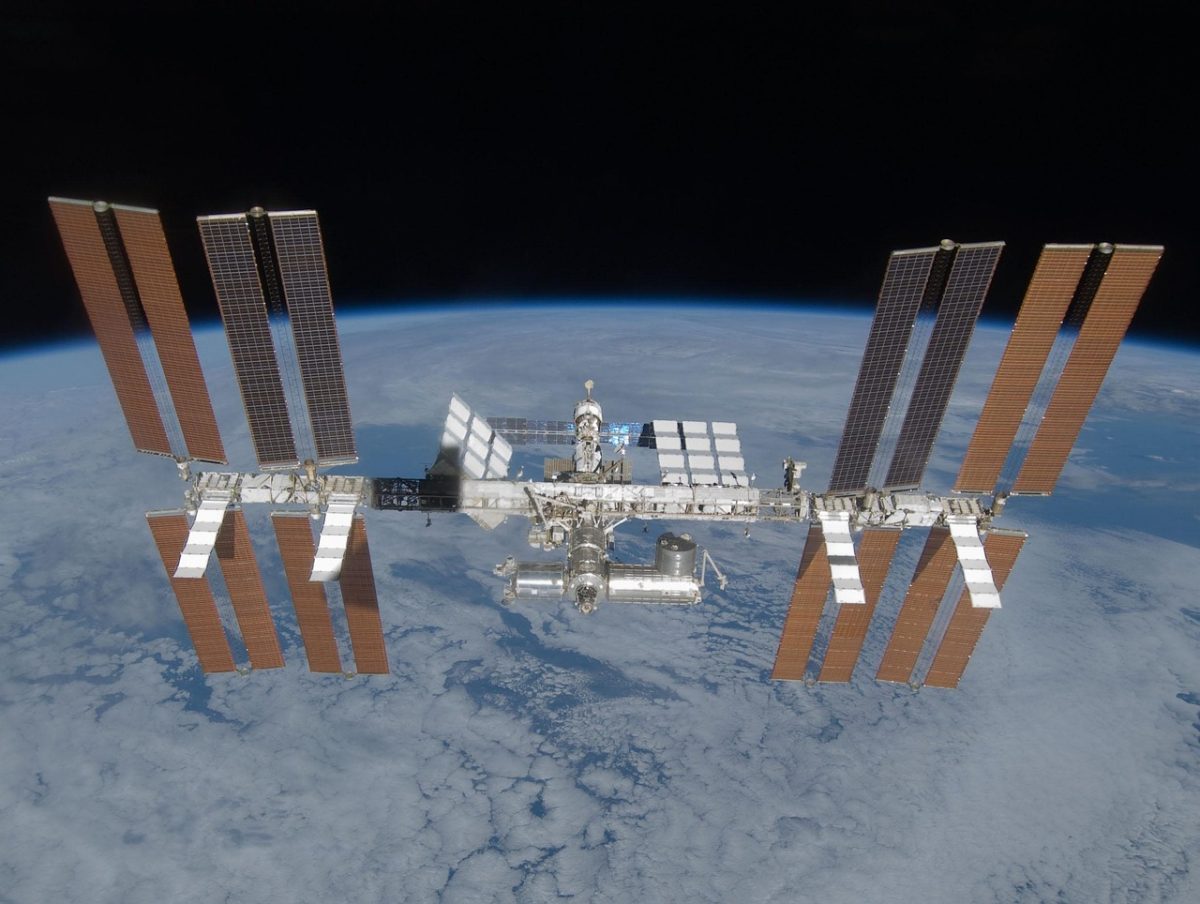The extended mission by NASA astronauts from the International Space Station (ISS) experienced unexpected adverse implications. The issues are mostly related to astronaut compensation, large health impacts due to the extended spaceflight period, and lessons for the future generation of astronauts (Tomsia, M. 2024).
Regardless of the mission’s length, astronauts represent part of NASA’s civil workforce and receive the standard government compensation system. This premise illustrates that NASA operates within the larger government structural framework. Consequently, there will be no additional mission payment for Williams and Wilmore despite the nine-month mission. Their compensation is well-structured, comprising a standard annual salary of $152,258. Also, the astronauts are to receive an additional $5 daily, which caters to incidentals. The failed technical issues extending the mission by 278 days add a meager compensation of approximately $1,390. However, it is worth noting that astronauts decadently evaluated their ineffective coverage from NASA as strained and uncalled for. Previously, it was established that NASA covered travel, lodgings, and other mission expenses, developing structural compensation constraints against overtime payments. Thus, there is little motivation for the astronauts as they probably instill low input into the mission, considering the payment differed from the commitment and risks of extended space periods.
Health Impacts of Prolonged Spaceflight
The health problems Williams and Wilmore faced after returning from space show how challenging long missions can be. The astronauts underwent an extended rehabilitation tailored to assist their bodies readjust to Earth. The lack of gravity during the mission period heightened fluid imbalance in both astronauts, which is a catalyst for substantial challenges to the functioning of the central nervous system (CNS). Fluid shifts during a spaceflight voyage are attributable to increased blood volume, hematocrit, hemoglobin mass, and plasma mass. These anomalies in the hardware are implicated in enhanced intracranial pressure, making astronauts increasingly vulnerable to severe headaches as well as eye issues. Implementing countermeasures is crucial to maintaining the astronauts’ physical well-being and cognitive health throughout the mission. This finding implies that more sophisticated countermeasures should be implemented to manage prolonged alterations in the fluid of astronauts during the voyage to avoid adverse health outcomes upon their return to Earth.
Lessons for Future Astronauts
Regarding policy lessons for the younger generation of astronauts, Williams and Wilmore’s mission experience can lead to profound implications on the conceptualization and implementation of future space missions. Astronauts inhabiting the ISS are most vulnerable to the mission’s risks implied by mechanical failure and other significant challenges. Thus, space agencies should derive insights from the problems that surfaced during this mission and intensify the tests and screenings conducted on the spacecraft systems. In addition, future missions should mitigate risks by adopting revolutionary designs increasingly capable of withstanding failure scenarios as emerged in the recent expedition. Nevertheless, this unexpected mission may prompt changes in improving astronauts’ mental and physical health during missions. In summary, Williams and Wilmore’s mission illustrates the need to embrace policy changes to derive additional insights into the contingencies and intricacies of embarking on a more extended space mission.

